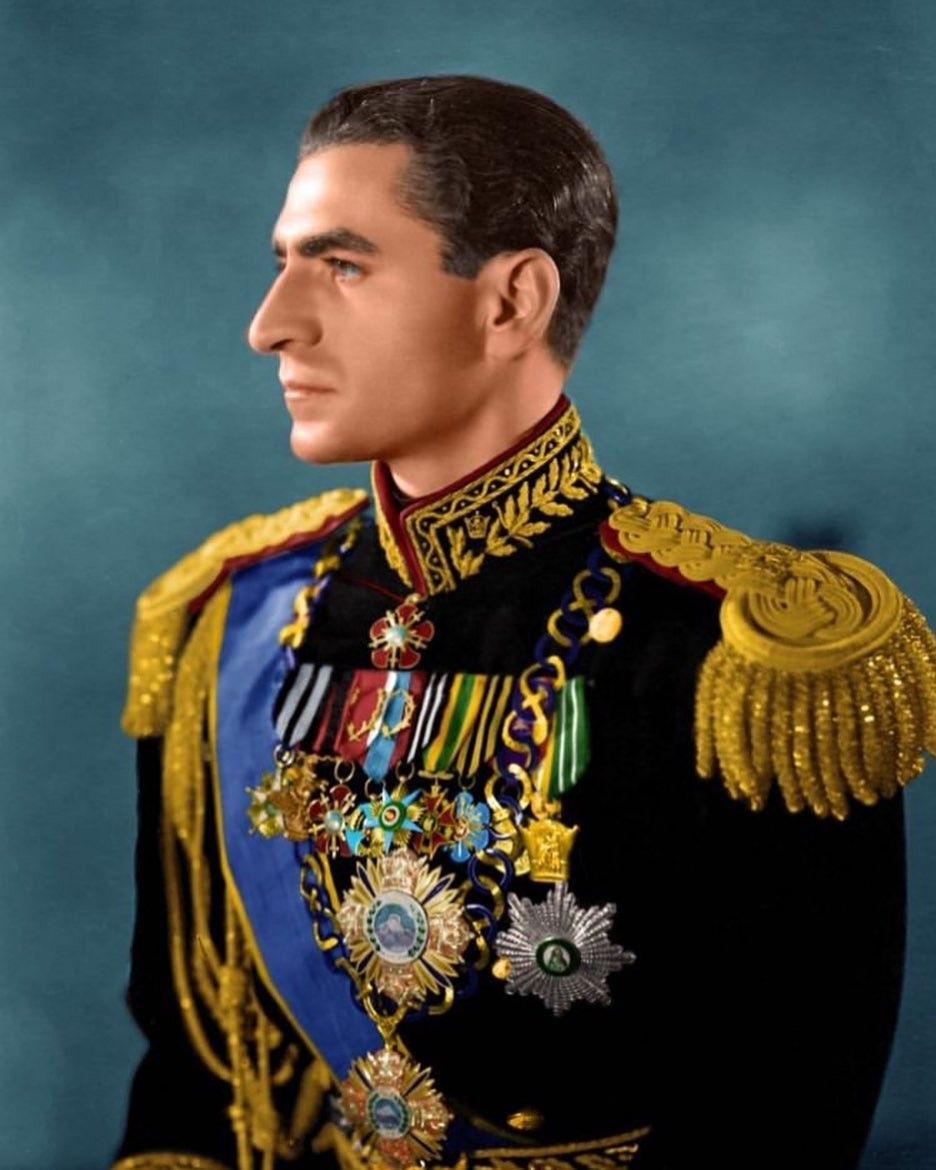5 Key Facts About Mohammad Reza Shah's Reign

The reign of Mohammad Reza Shah Pahlavi, the last Shah of Iran, spanning from 1941 to 1979, was a period of profound transformation, intense modernization, and ultimately, revolutionary upheaval. His rule, marked by ambitious reforms, geopolitical maneuvering, and increasing authoritarianism, left an indelible mark on Iran’s history. Here are five key facts that encapsulate the complexities of his reign:
1. The White Revolution: A Bold Modernization Agenda

Launched in 1963, the White Revolution was Mohammad Reza Shah’s ambitious program aimed at modernizing Iran’s economy, society, and political structure. This sweeping reform package included land redistribution, women’s suffrage, nationalization of forests and pastures, and the establishment of a literacy corps. While the reforms achieved significant milestones, such as increasing industrial output and improving literacy rates, they also alienated traditional power bases, including the clergy and large landowners. The Shah’s top-down approach, coupled with the rapid pace of change, sowed seeds of resentment that would later fuel the Islamic Revolution.
2. The Shah’s Strategic Alliance with the West

Pro: Mohammad Reza Shah’s reign was characterized by a strong alliance with the United States and other Western powers, positioning Iran as a key player in the Cold War. This relationship brought substantial economic aid, military support, and technological advancements. The Shah’s pro-Western stance helped modernize the Iranian military and infrastructure, making Iran a regional powerhouse.
Con: However, this alliance also fostered widespread anti-Western sentiment among segments of the Iranian population. Critics viewed the Shah as a puppet of foreign interests, particularly after the 1953 CIA-backed coup that overthrew Prime Minister Mohammad Mosaddegh. This perception of subservience to Western powers eroded the Shah’s legitimacy and became a rallying cry for opposition forces.
3. SAVAK: The Instrument of Repression
Established in 1957 with the assistance of the CIA and Mossad, SAVAK (the Organization of National Security and Information) became the Shah’s feared secret police force. Tasked with suppressing dissent and maintaining internal security, SAVAK employed extensive surveillance, torture, and extrajudicial killings to crush opposition. While it effectively silenced political opponents, its brutal tactics alienated large segments of Iranian society, including intellectuals, students, and religious leaders. The widespread fear and resentment generated by SAVAK played a significant role in galvanizing opposition to the Shah’s regime.
4. Oil Wealth and Economic Inequality
Iran’s vast oil reserves were a cornerstone of Mohammad Reza Shah’s economic strategy. The nationalization of the oil industry in the 1950s and subsequent renegotiation of oil contracts brought significant revenue to the state. However, the distribution of this wealth was highly uneven. While the Shah invested in grand infrastructure projects, such as the celebration of 2,500 years of Persian monarchy in 1971, much of the population remained impoverished. The stark economic disparities between the elite and the masses fueled social discontent, contributing to the growing anti-Shah sentiment.
5. The Islamic Revolution and the Shah’s Downfall

The culmination of widespread discontent with the Shah’s rule came in the form of the Islamic Revolution of 1978-1979. Led by Ayatollah Ruhollah Khomeini, a charismatic religious leader who had been exiled by the Shah, the revolution mobilized diverse segments of Iranian society against the monarchy. Mass protests, strikes, and civil disobedience paralyzed the country, forcing the Shah to flee Iran in January 1979. His departure marked the end of 2,500 years of monarchical rule in Iran and the establishment of an Islamic Republic. The Shah’s inability to address the deep-seated grievances of the Iranian people, coupled with his reliance on repression, sealed his fate and reshaped the nation’s trajectory.
What were the main goals of the White Revolution?
+The White Revolution aimed to modernize Iran through land reform, women's suffrage, industrialization, and education initiatives. It sought to break the power of feudal landlords and create a more equitable society, though its implementation was criticized for being too rapid and coercive.
How did the 1953 coup impact the Shah's reign?
+The 1953 coup, orchestrated by the CIA and MI6, restored Mohammad Reza Shah to power after Prime Minister Mohammad Mosaddegh's attempt to nationalize the oil industry. While it solidified the Shah's rule, it also tarnished his image as a Western puppet, fostering anti-Western sentiment and long-term opposition.
What role did SAVAK play in the Shah's regime?
+SAVAK served as the Shah's secret police, suppressing dissent through surveillance, torture, and extrajudicial killings. While it maintained control, its brutal methods alienated large segments of society, contributing to the eventual collapse of the regime.
Why did the Islamic Revolution succeed in overthrowing the Shah?
+The Islamic Revolution succeeded due to widespread discontent with the Shah's authoritarian rule, economic inequality, and perceived subservience to Western powers. Ayatollah Khomeini's leadership and the unity of diverse opposition groups played a crucial role in mobilizing the masses against the monarchy.
What was the significance of the 1971 Persepolis celebration?
+The 1971 celebration of 2,500 years of Persian monarchy was a grand spectacle intended to showcase Iran's historical legacy and modernization under the Shah. However, it was criticized for its exorbitant cost and perceived disconnect from the struggles of ordinary Iranians, further alienating the population.
Mohammad Reza Shah’s reign was a period of dramatic contrasts—ambitious modernization alongside deepening inequality, strategic alliances coupled with growing resentment, and a legacy that continues to shape Iran’s identity. His rule serves as a cautionary tale about the complexities of authoritarian modernization and the enduring power of popular discontent.


